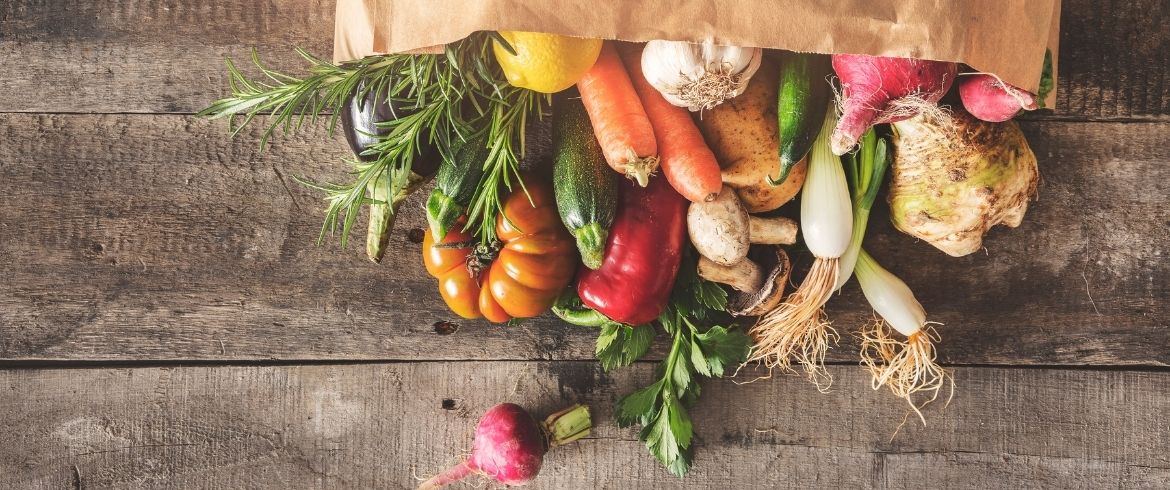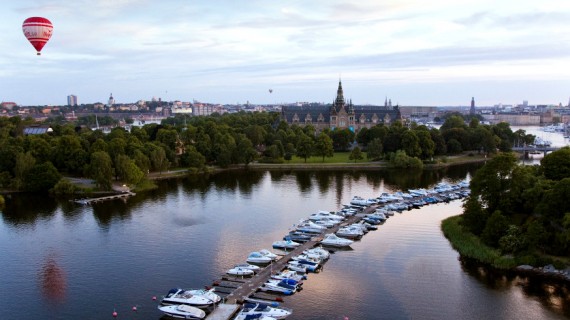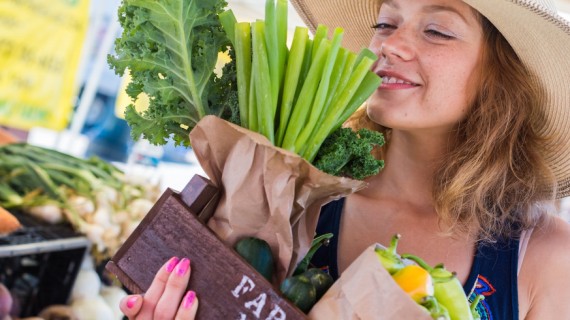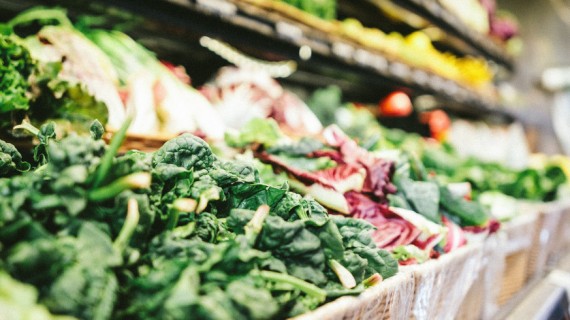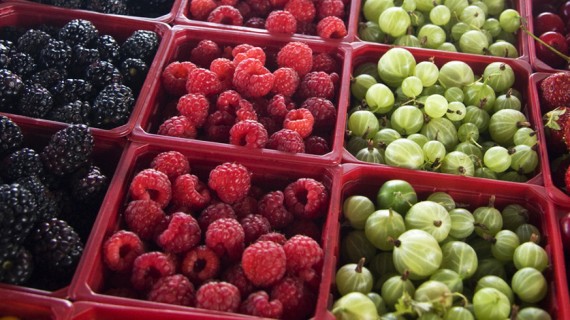Have you ever wondered about the environmental impact of the products you buy? If the answer is yes, then this supermarket is right up your alley. In the world’s first Climate Store foods cost as much as they pollute.
Would you like to go grocery shopping in a supermarket which prices foods based on their climate impact? It may sound unrealistic, but it is already happening in Sweden. Located in Stockholm, we find the world’s first Climate Store. Let’s dig deeper into the project of the Swedish brand Felix.

In terms of climate impact, food production accounts for almost a quarter of the world’s greenhouse gas emissions. To produce all the goods we find on supermarket shelves, we need land, water, energy, fertilizer inputs and so much more. And it all comes at an environmental cost.
But despite consumers’ awareness about such a negative environmental impact, and despite the constant desire to make climate-smart choices, it can be hard to know exactly which foods are better for one’s health and budget, and for the environment at the same time.
Recently, to meet these consumers’ need for information, many food brands are investing in designing new strategies to make more visible and understandable the actual climate impact of the items we purchase.
The World’s First Climate Store: The Solution Of The Swedish Brand Felix

Thus, intending to push consumers to make more eco-friendly choices, the Swedish food brand Felix opened the World’s first Climate Store in Stockholm. It is a supermarket where foods cost as much as they pollute. It is actually more of a concept store than just a regular supermarket.
Starting last October, in this supermarket, it was possible to go grocery shopping in a kind of unconventional way. And this is because the price of every food item is entirely based on its corresponding CO2 emissions. This includes its production, packaging and transport.
This Is How “Climate Labelling” Works
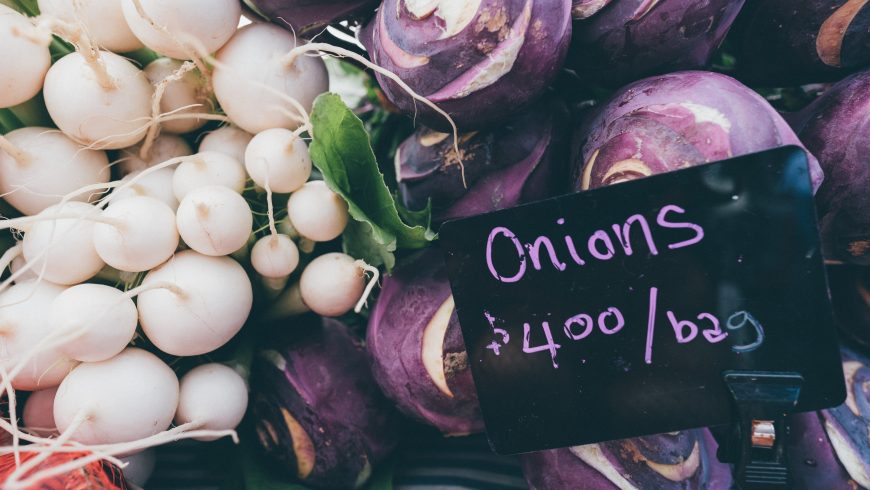
Felix calculated the carbon footprint of each product, showing on the label a price converted into an equivalent in environmental impact. Accordingly, consumers are supposed to pay with a “climate currency”, called CO2e.
The more carbon dioxide emissions, the higher the environmental impact…and as a consequence, the higher the price.
Felix managed to make more visible and understandable the interrelation between the economic cost and the environmental cost of each food. And this experiment turned out successful. By using this system, it proved to be easier for consumers to opt for more eco-sustainable goods, and make a climate-smart choice.
If you want to save money, then you will have to save energy first. If you want to have a lower environmental impact, then you will also have to choose the products with the lowest environmental impact.
The “Weekly Climate Budget” of the World’s First Climate Store
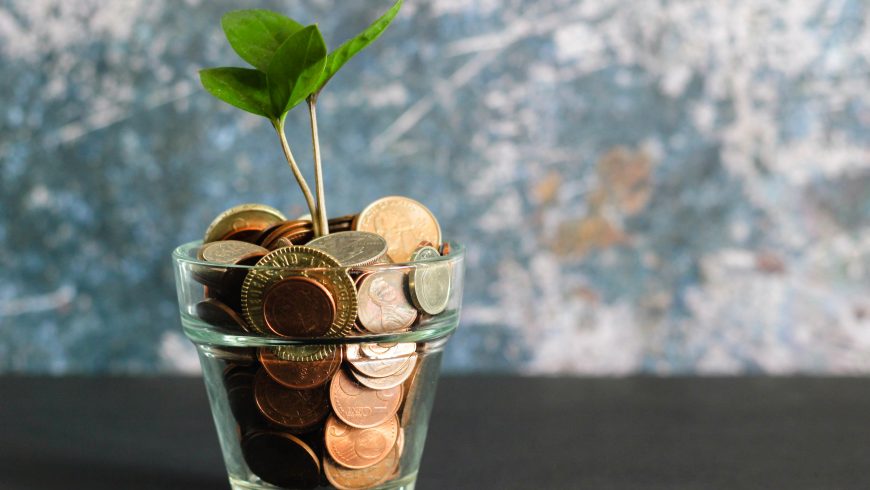
The ultimate goal of the brand was to demonstrate that it is actually easy – even for the least experienced consumer – to respect the environment not only when products are clearly labelled, but also when consumers are aware of spending lots of money.
Why are we so keen on planning our weekly economic budget, but we do not really care about the limits we should not overcome in terms of environmental impact? Why do we always want to save money, but we do not pay attention to environmental savings?
In the world’s first Climate Store, each customer is granted a limited “Climate Budget” for the week in carbon dioxide equivalents, and they just can’t exceed it.
This budget was calculated considering that in order to halve the environmental impact of each consumer, we must stay within a weekly “budget” corresponding to 18.9 kilograms of carbon dioxide. According to Swedish authorities, this is the maximum impact we can have to reach the goals of the Paris Agreements – namely halving greenhouse gas emissions by 2030.
Have you ever thought that the cost of food is environmental, before being economic? The experiment made consumers understand that the change we need for a more sustainable world, is even more important than the change in one’s pocket.
A Short Initiative, A Long-term Commitment
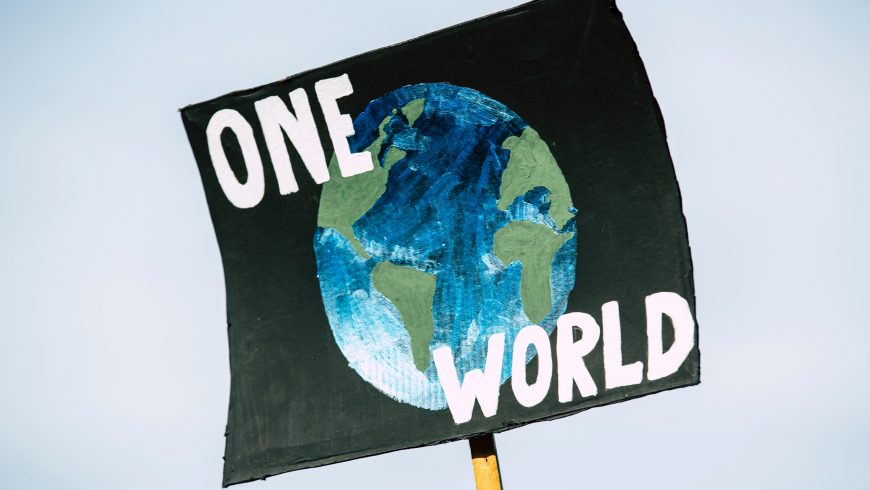
The Climate Store is only one step in the brand’s long-term work towards environmental sustainability and consumer information.
Another measure is the listing of all products’ climate footprint on the company’s website. Just like you can browse allergens, ingredients and nutritional values of food, you can even see the exact carbon footprint of each item. Making this aspect as visible and understandable as the others translates into giving all these aspects equal weight. And it plays a key role in terms of health, safety and commitment for a brighter future.
Felix thus becomes the symbol of not only more accessible and new sustainability but also of a renewed transparency. It is not just a matter of spreading greater awareness, but especially of making it accessible and visible to every single customer.
The Best Products? The ones showing a “Low Climate Footprint” Symbol

Have you ever questioned the environmental impact of your breakfast? What about your work lunches? If in your favourite supermarket the products were showing a “climate label”, you would probably be able to make your meals more eco-sustainable.
What can we afford in environmental terms? We should focus on the best deals not only for our money but for the environment too. We should go for “low-cost” items only if they also have a “low environmental cost”.
This is why in the Climate Store the items with a corresponding low carbon footprint were provided with a special symbol. By choosing the products provided with the “Low Carbon Footprint” symbol, it was even easier for consumers to stay within their weekly “Climate Budget”.
Awareness Starts At The Time Of Purchase
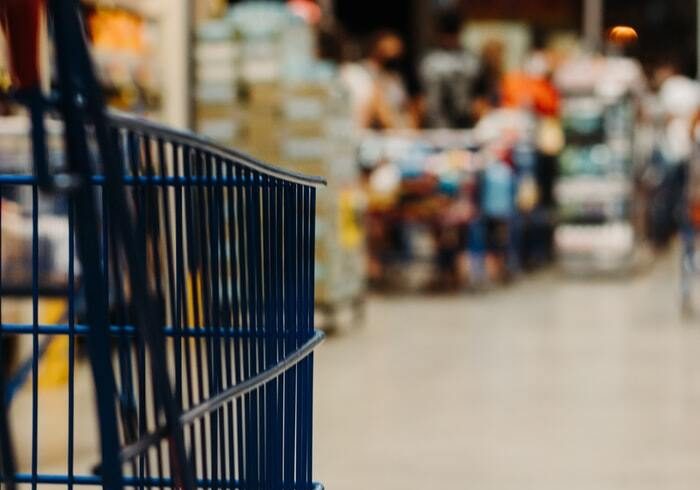
Isn’t it hard to make an eco-friendly choice? What you often lack is accurate, understandable, and above all visible information. Unless you are an expert in this field, it won’t be easy to minimise the environmental impact of your groceries. Perhaps “Climate Labelling” could make a difference. And it all starts at the time of purchase, every day, in your favourite supermarket. This could be a strategy to boost awareness and lead consumers to a climate-smarter life.
We need to understand that what we eat will have an impact on the environment. And it would be great to be guided in this journey by the most famous food brands. Thanks to projects such as the Climate Store, consumers would acquire not only goods but awareness.
Would you like to shop in a Climate Store? Would it be challenging to stay within your “weekly climate budget”?
Featured image by Rob Maxwell on Unsplash
